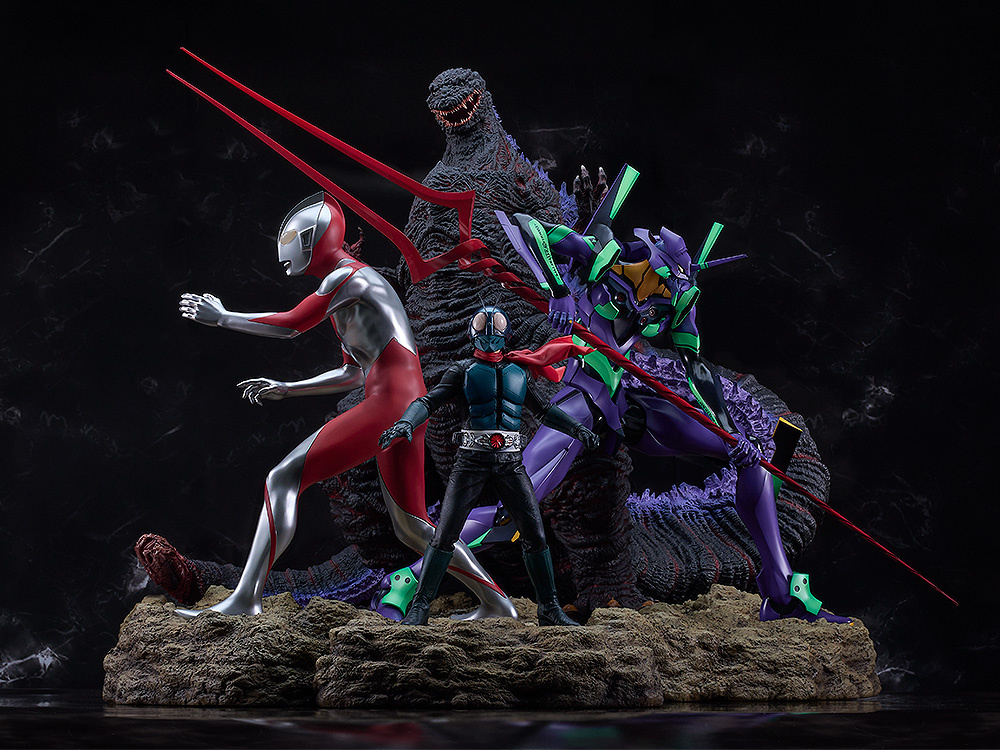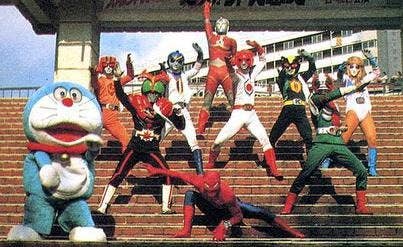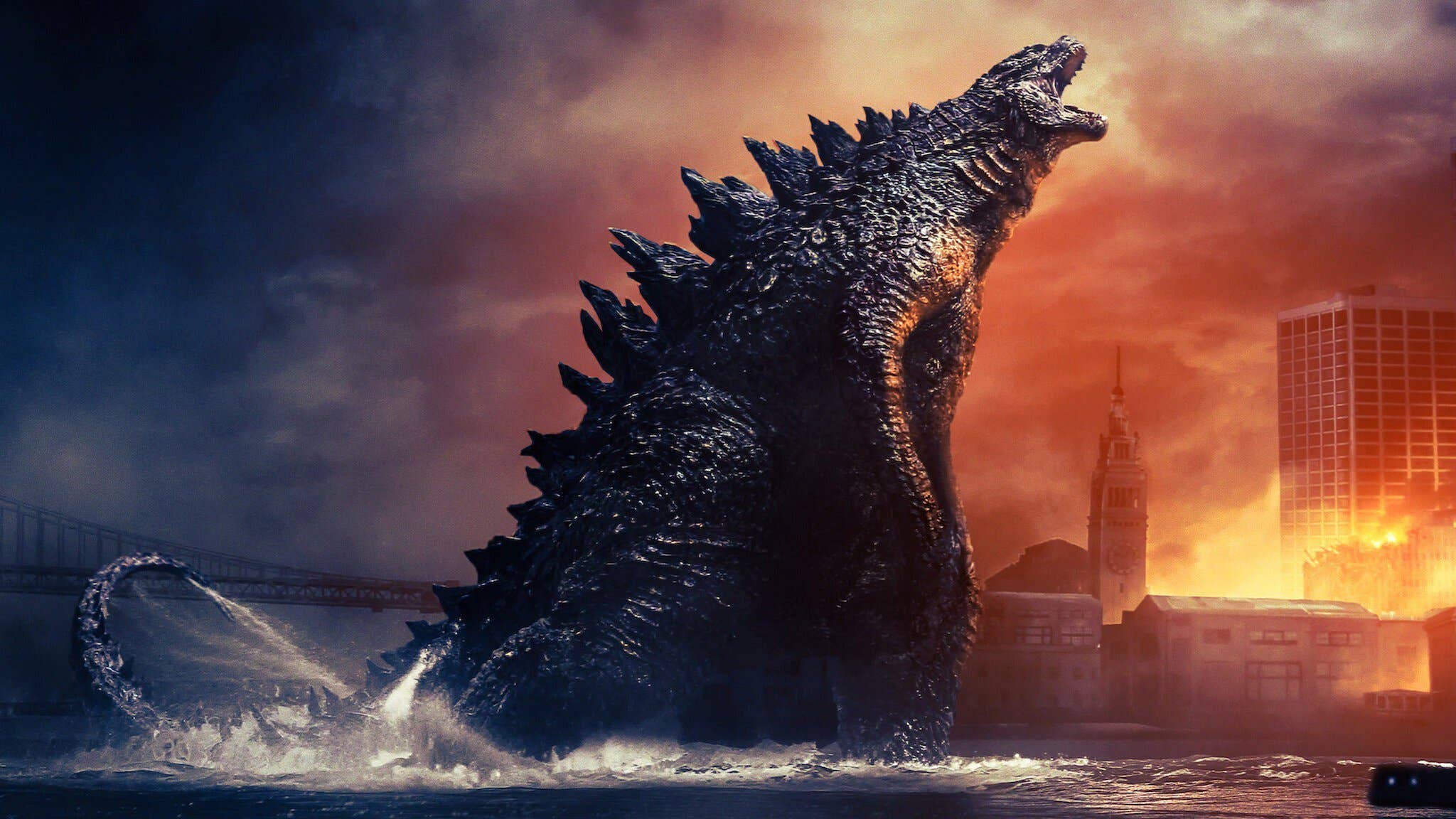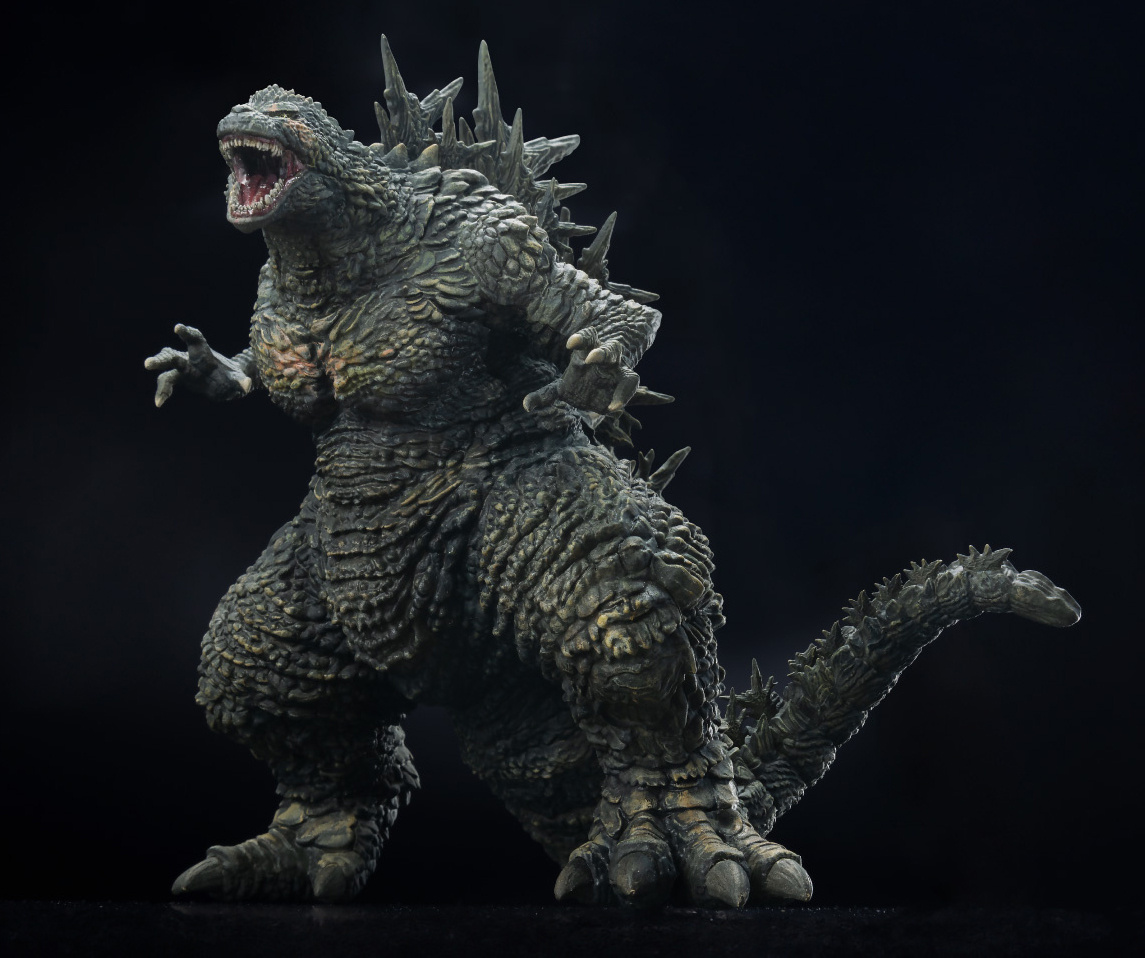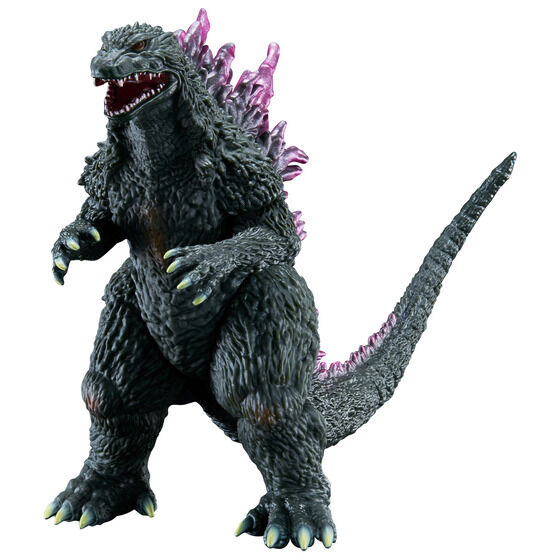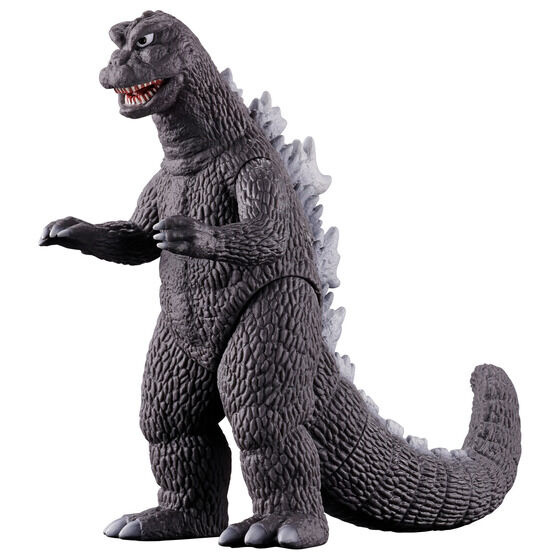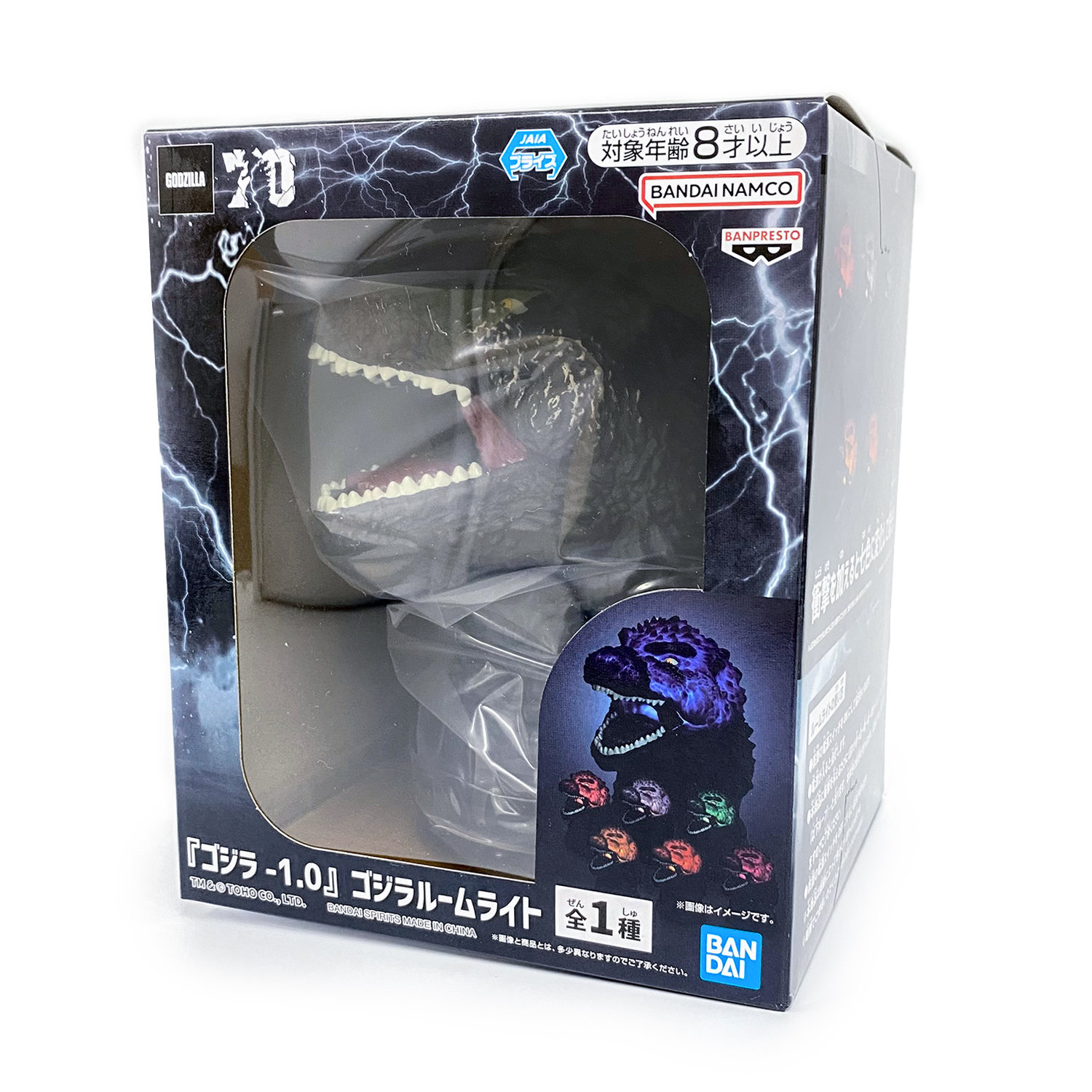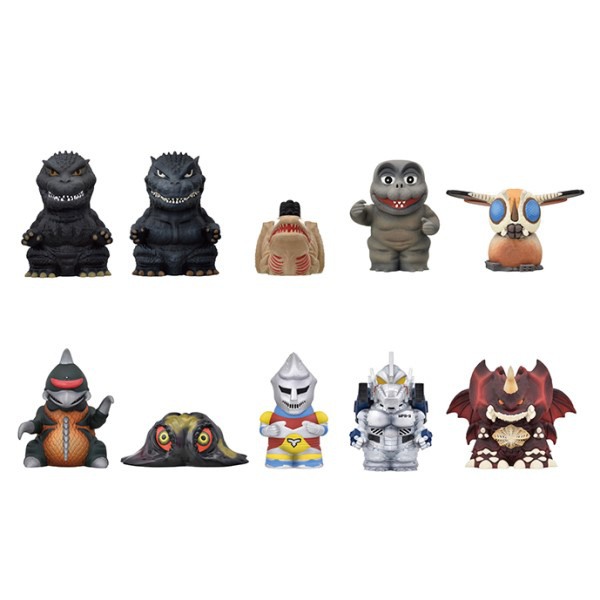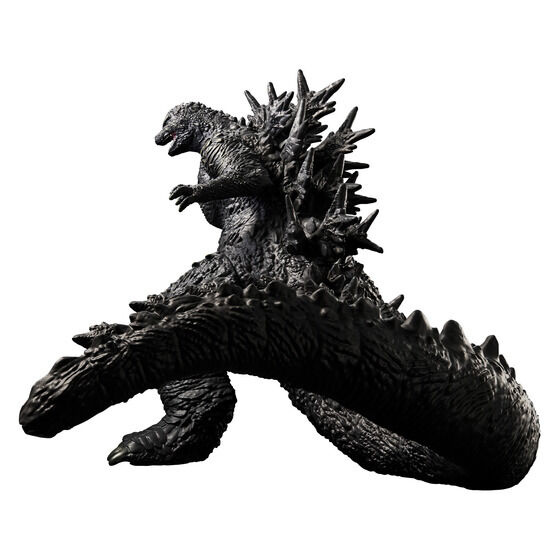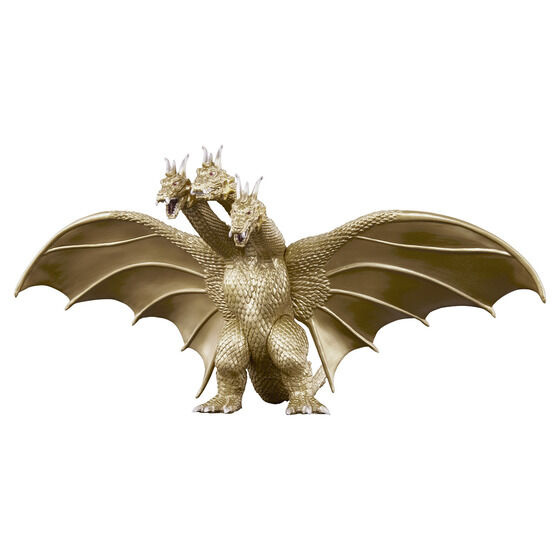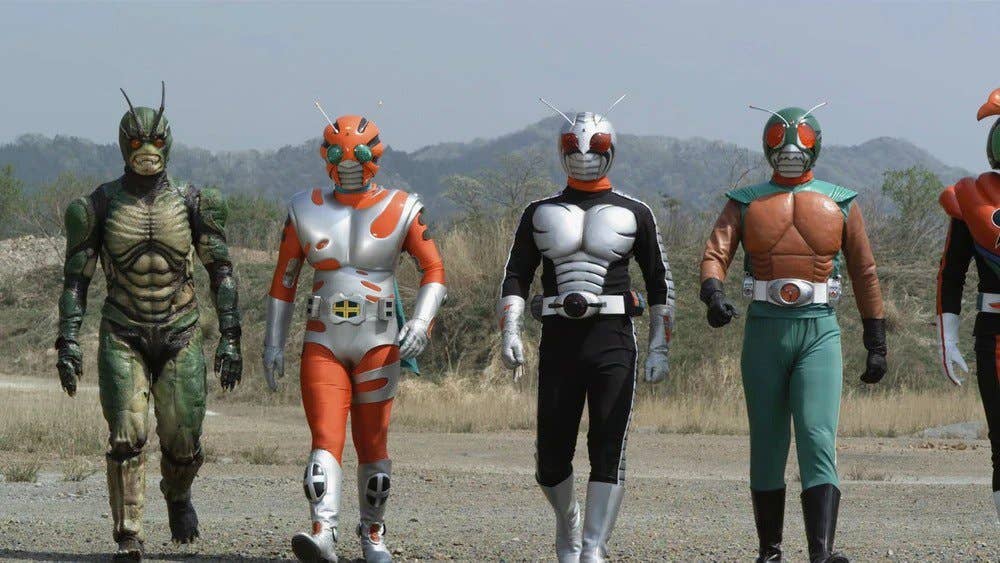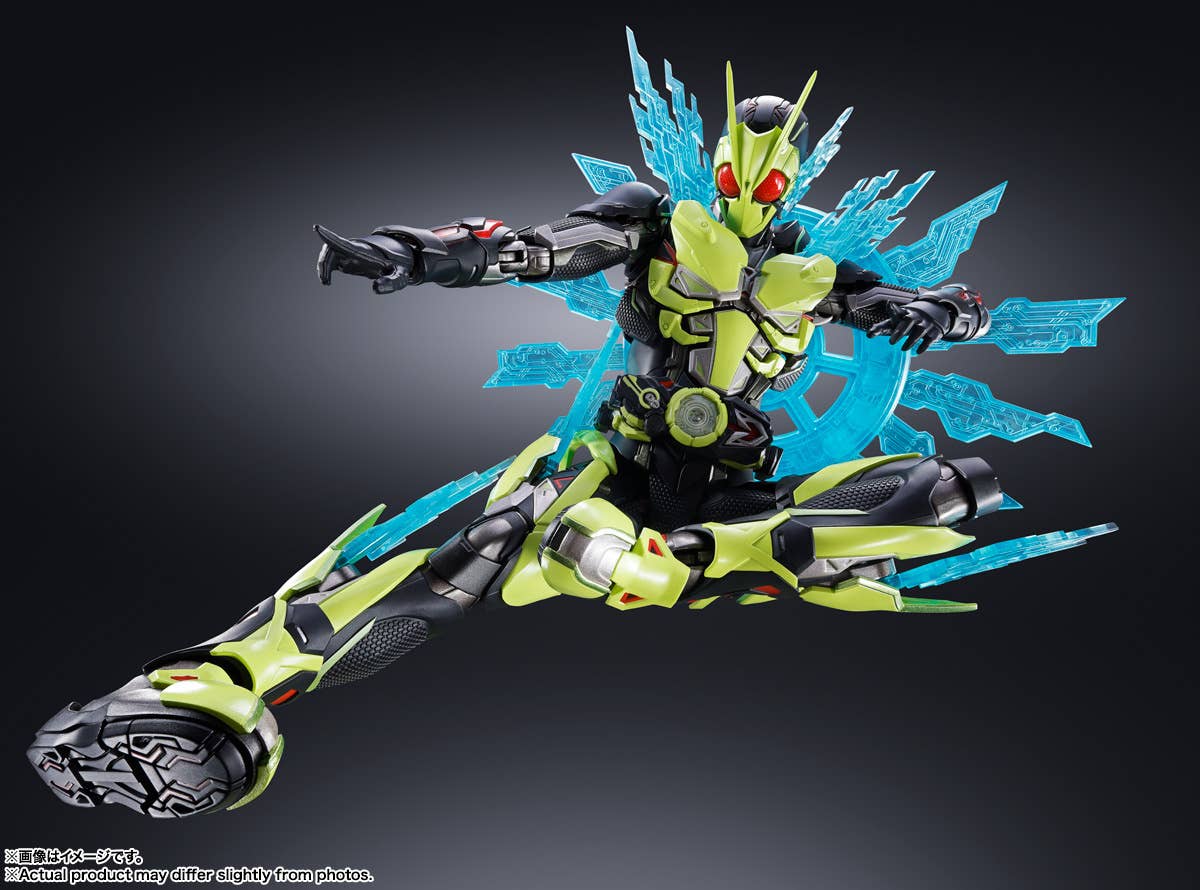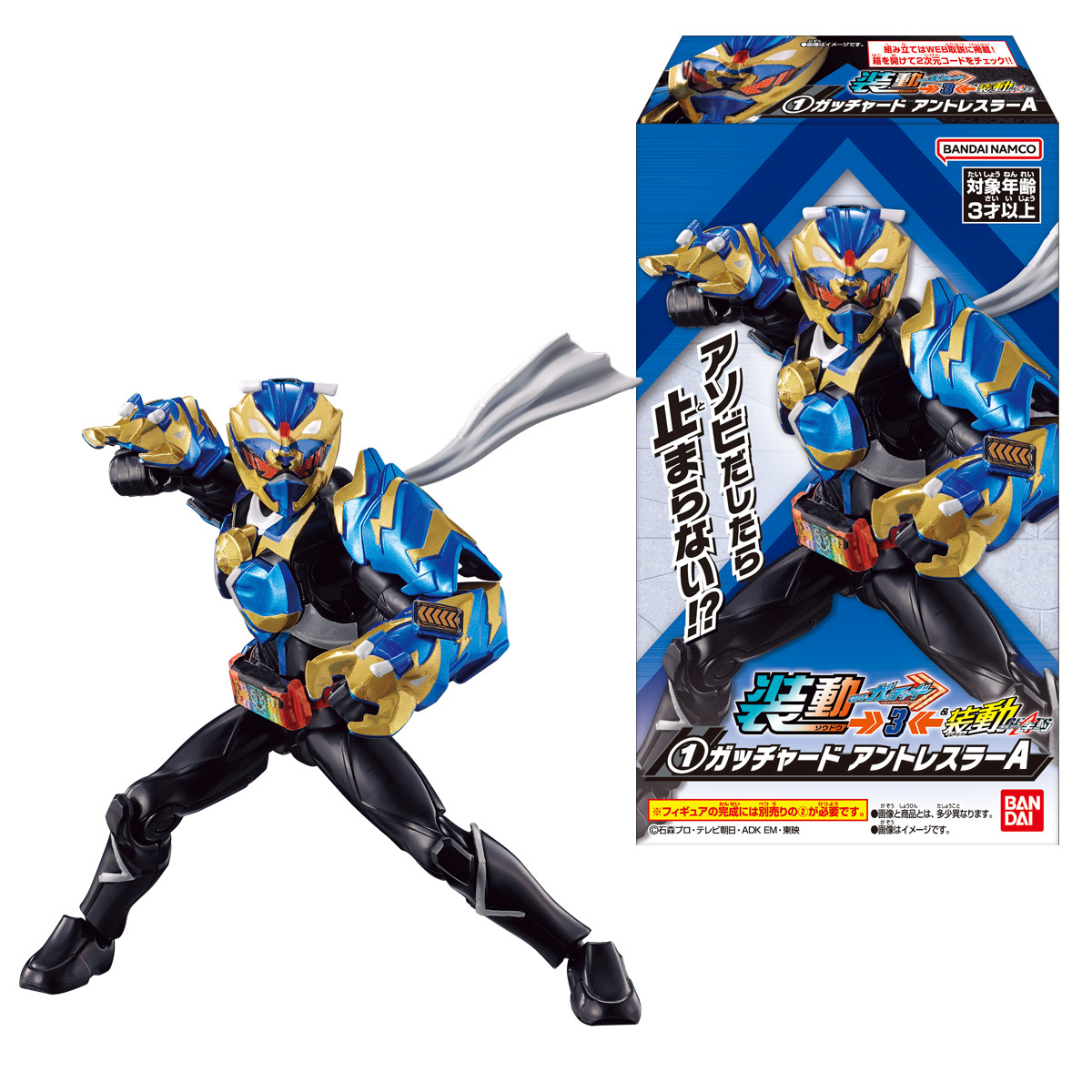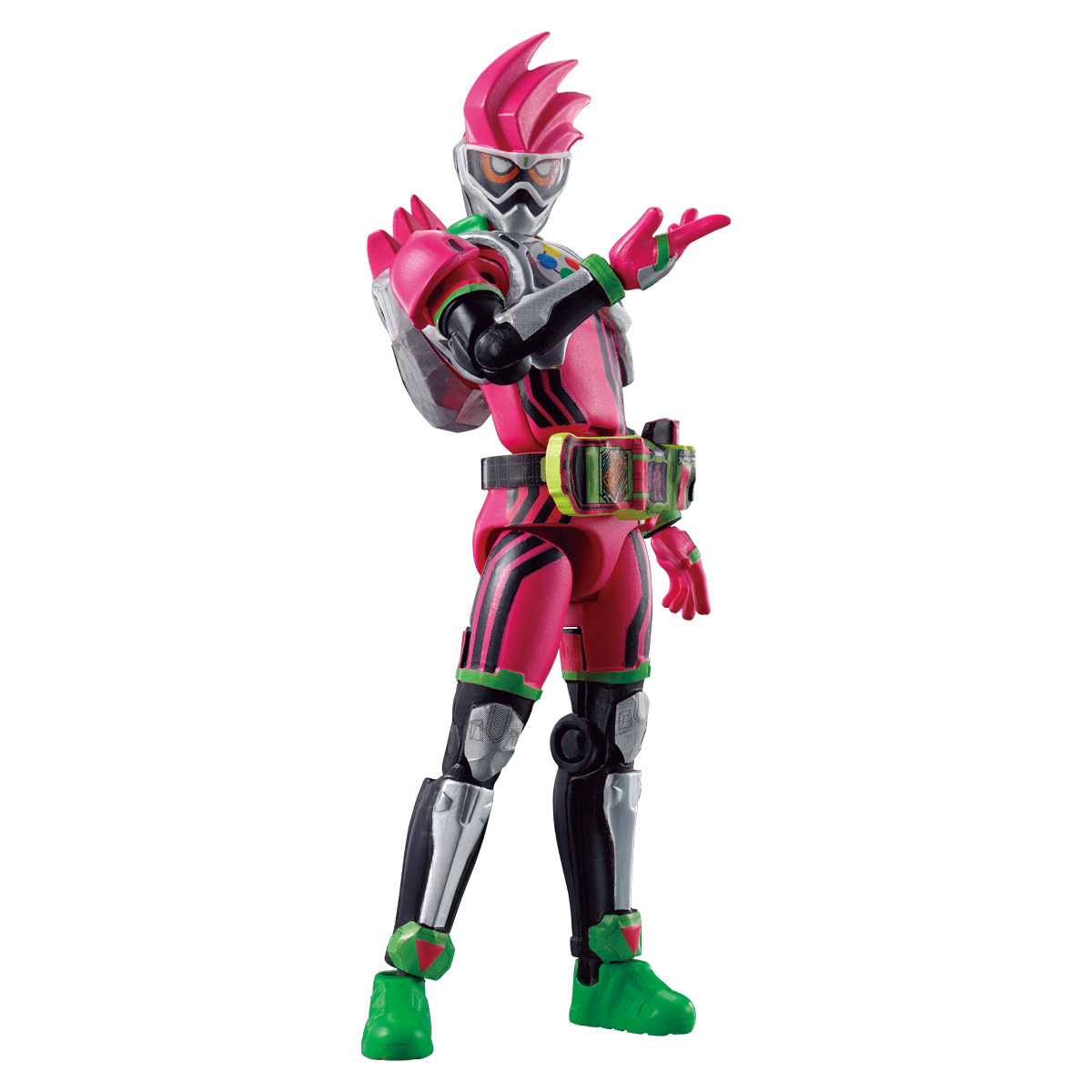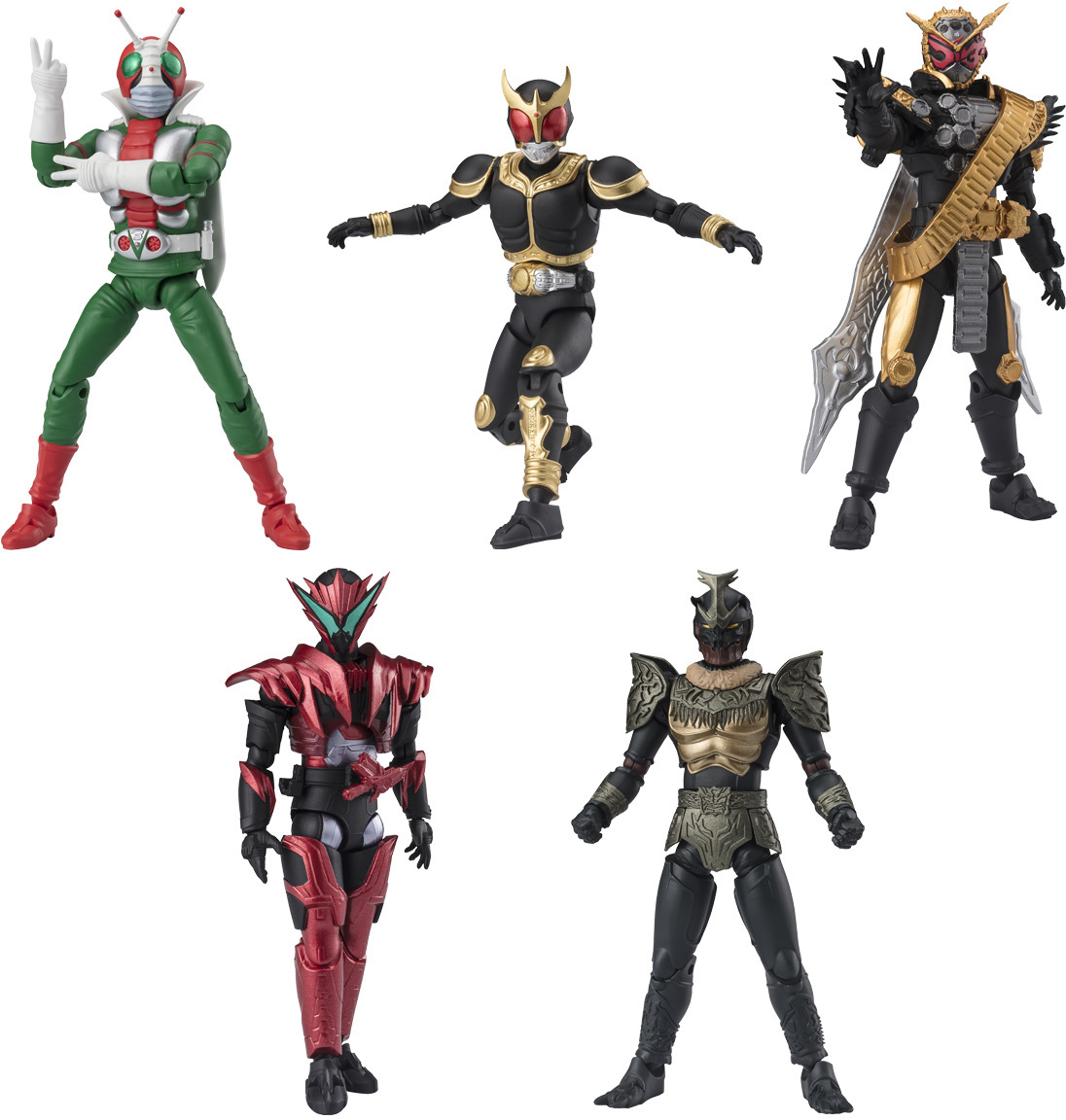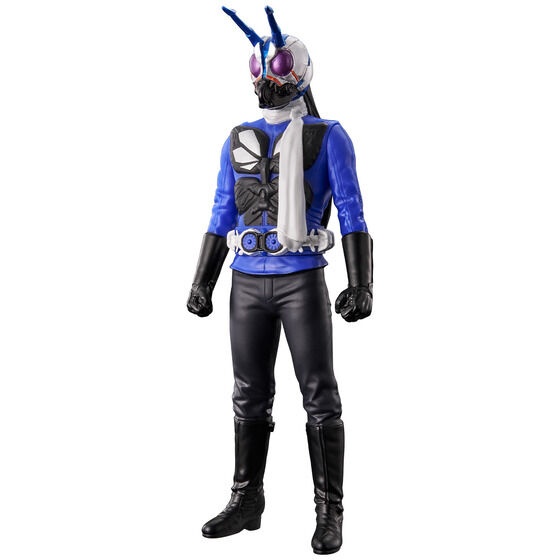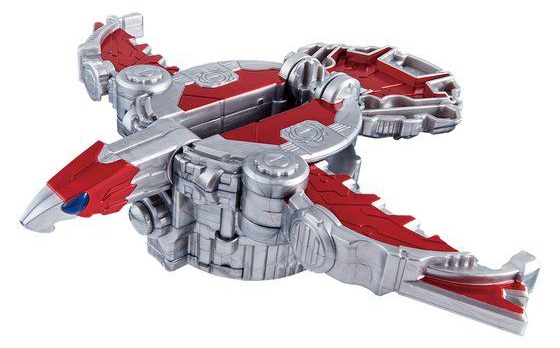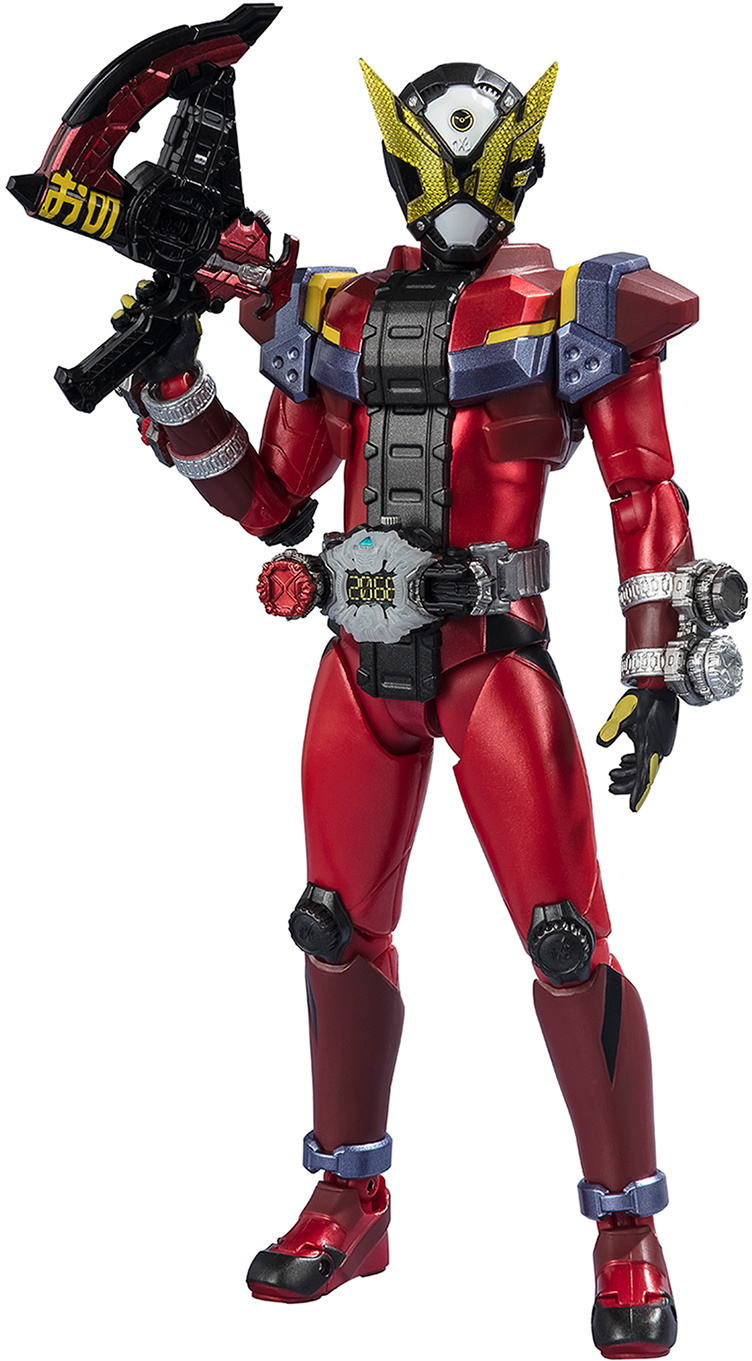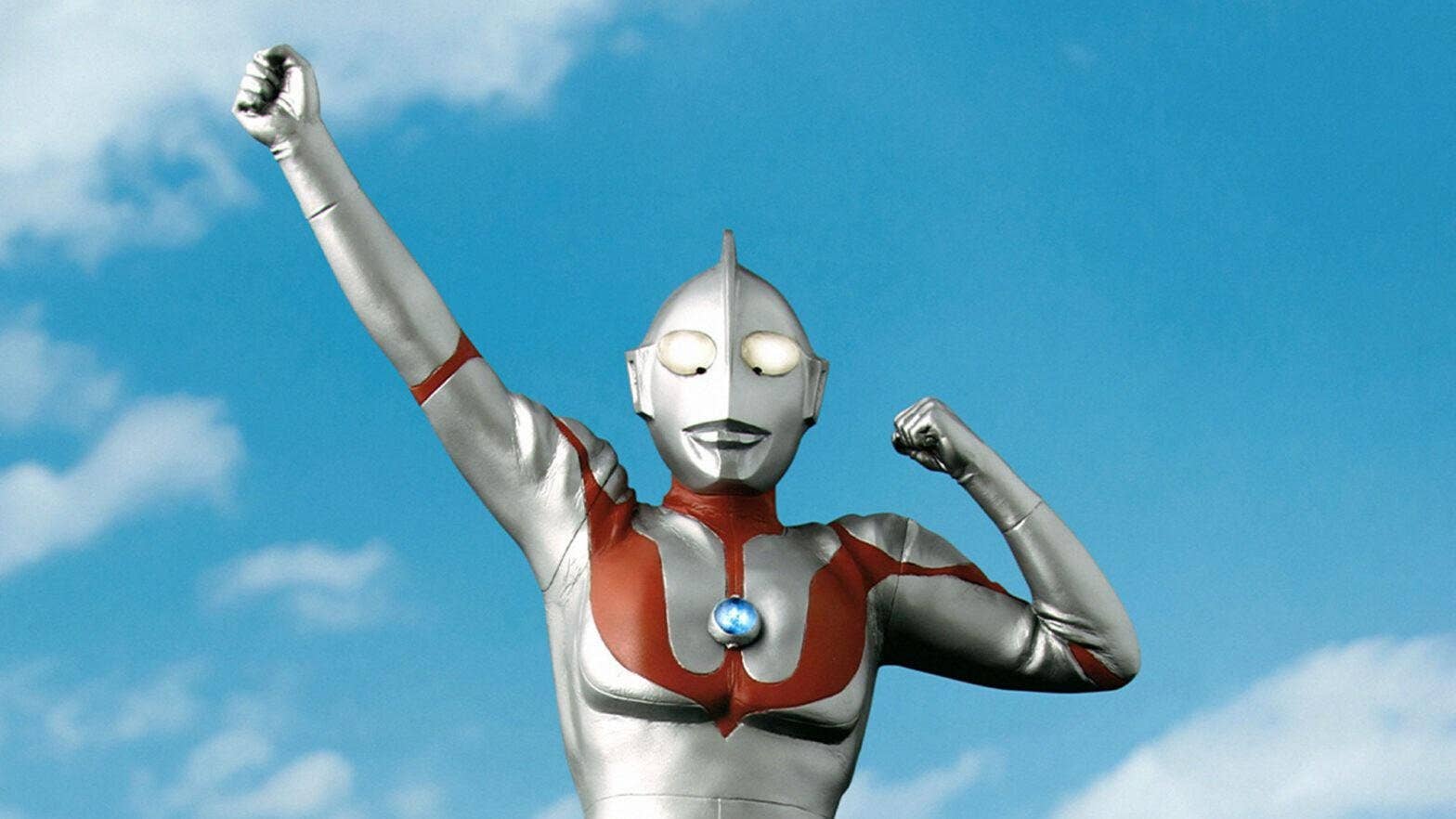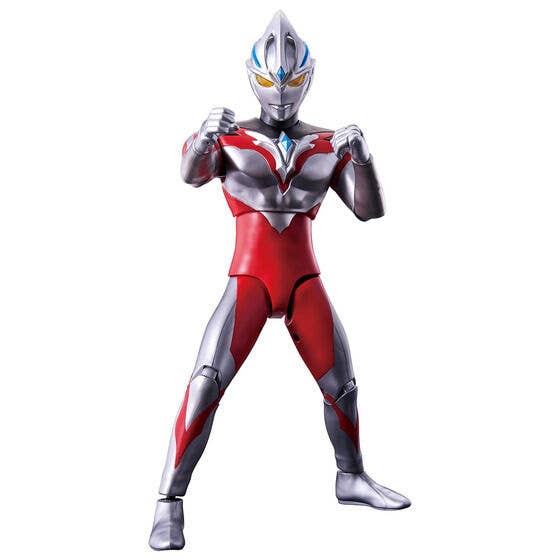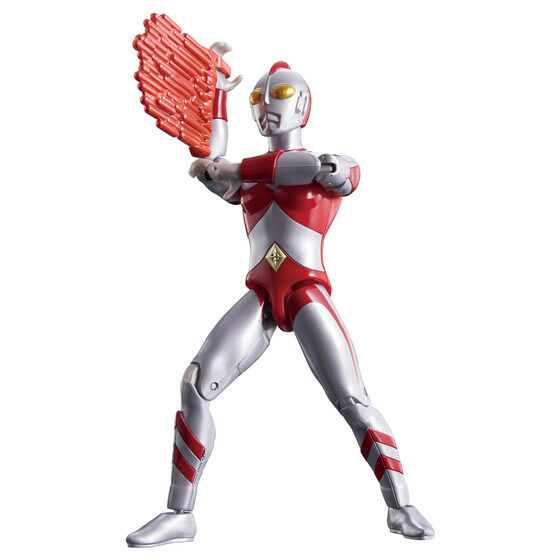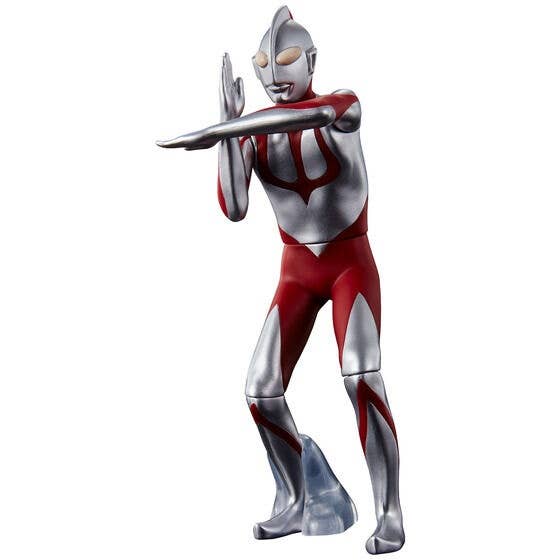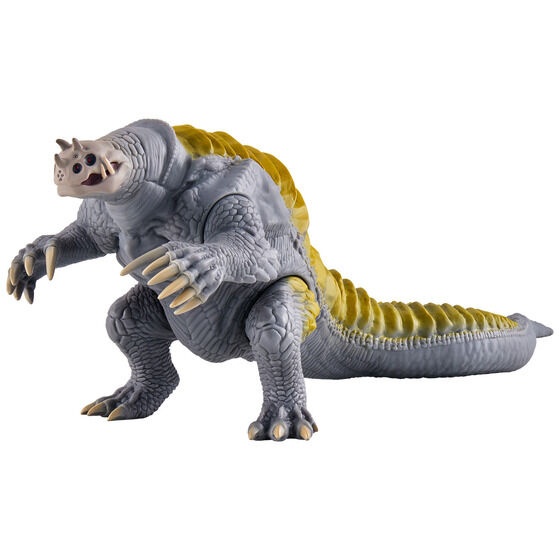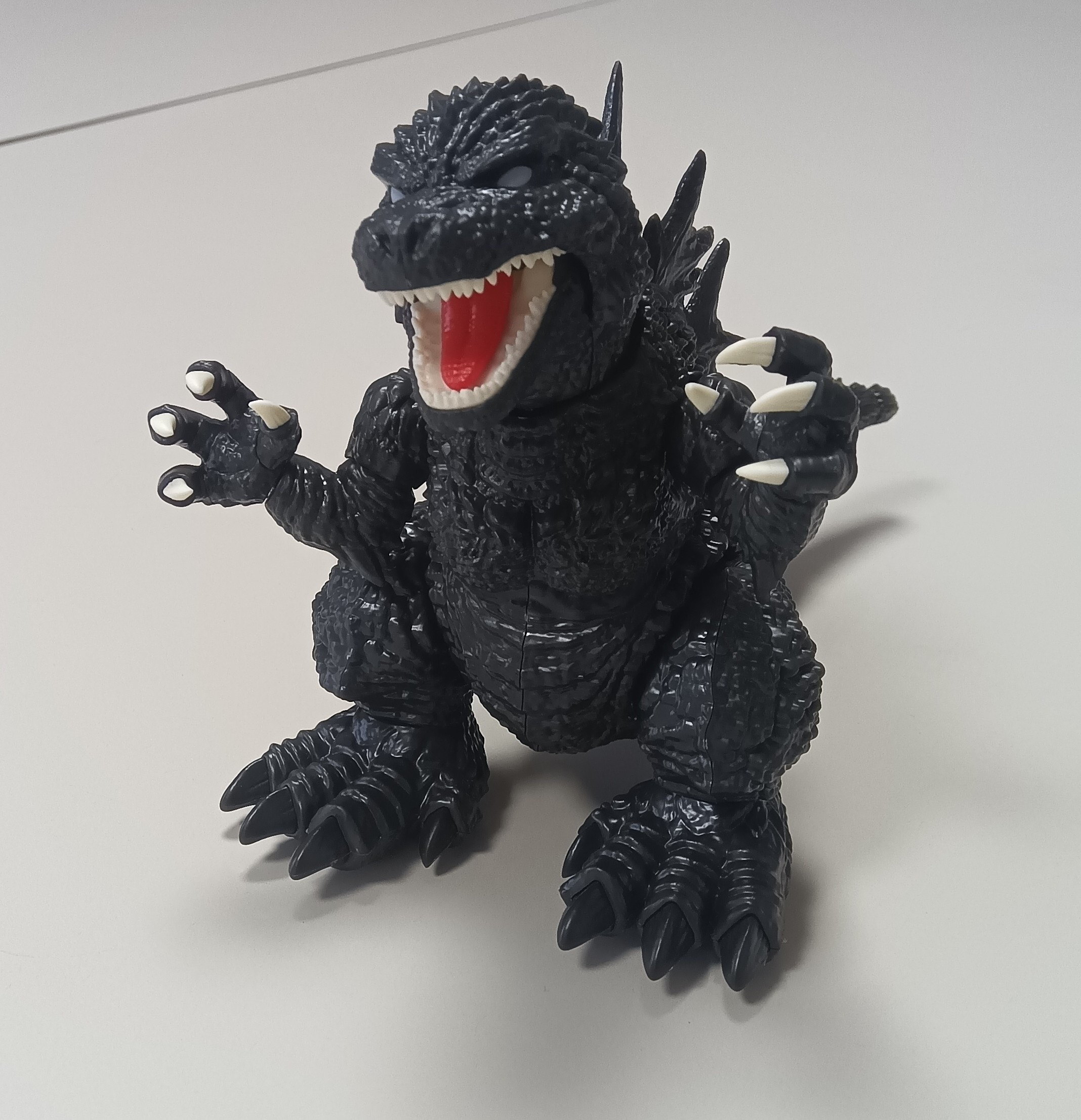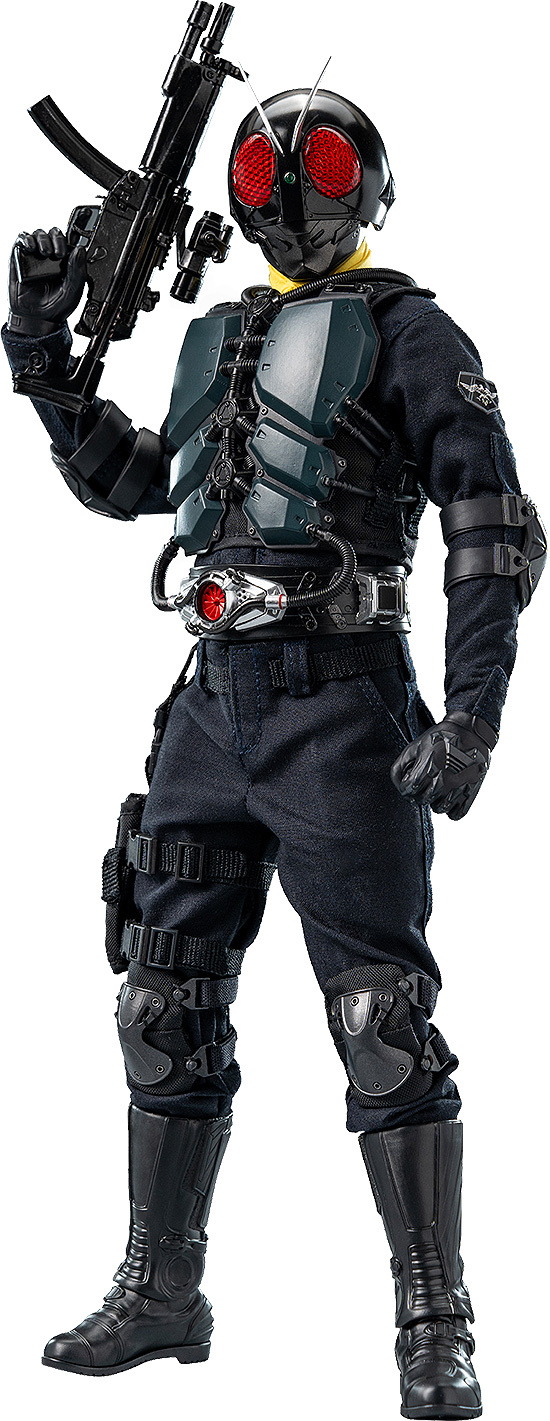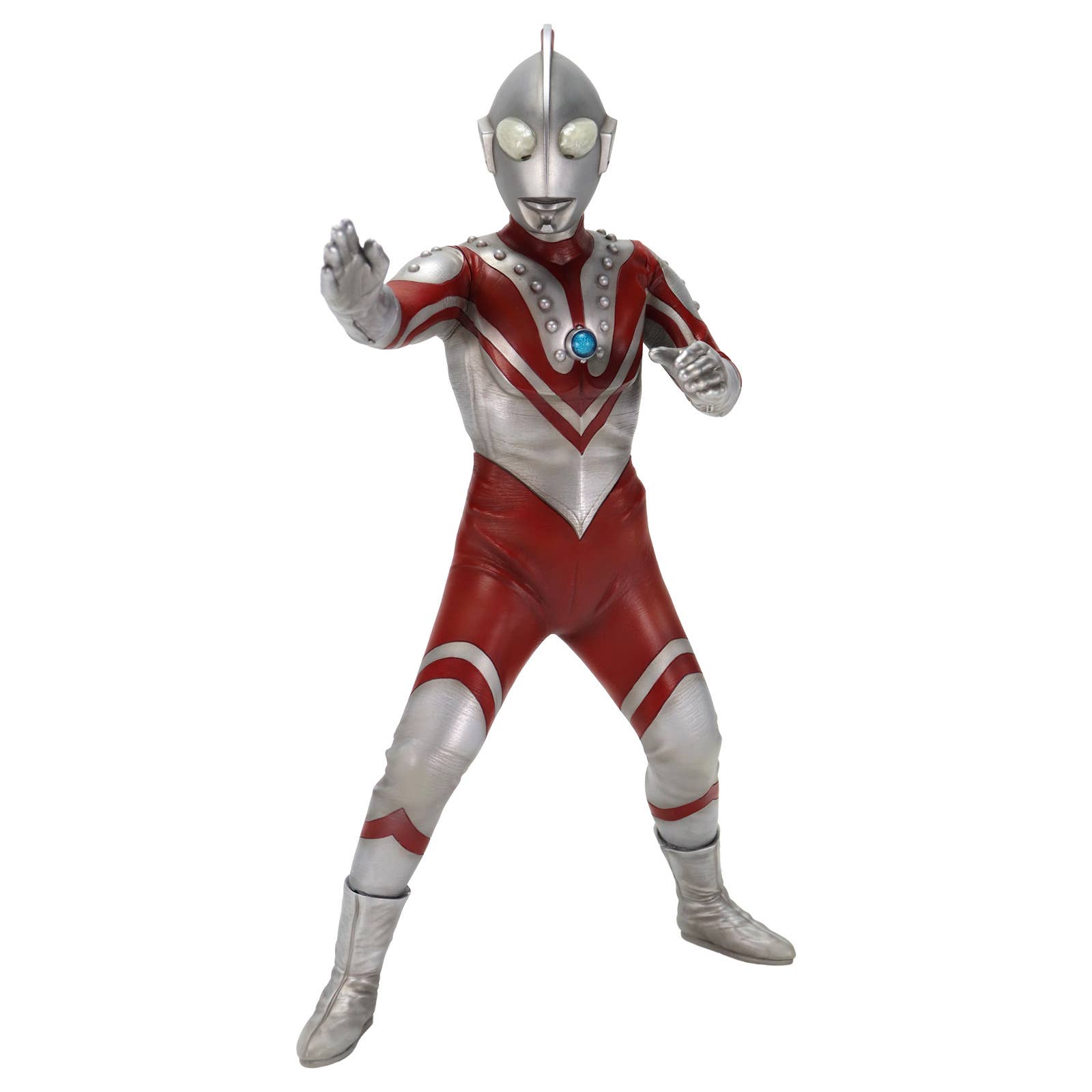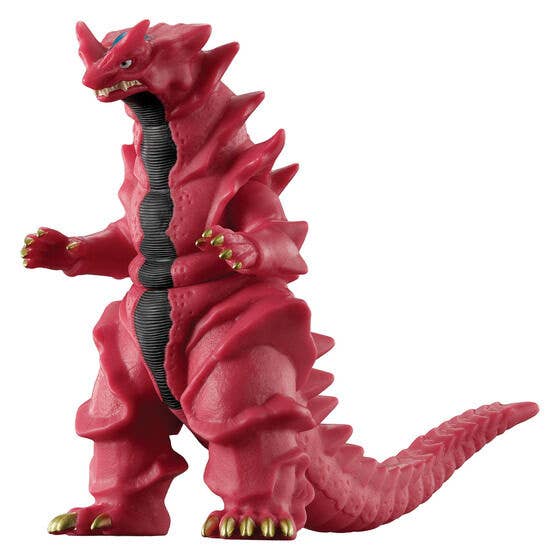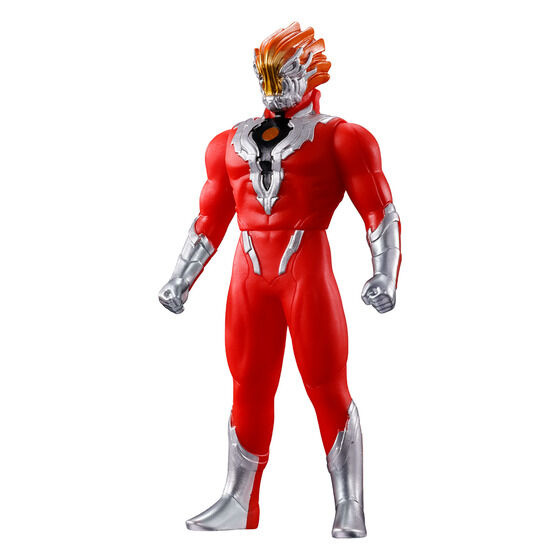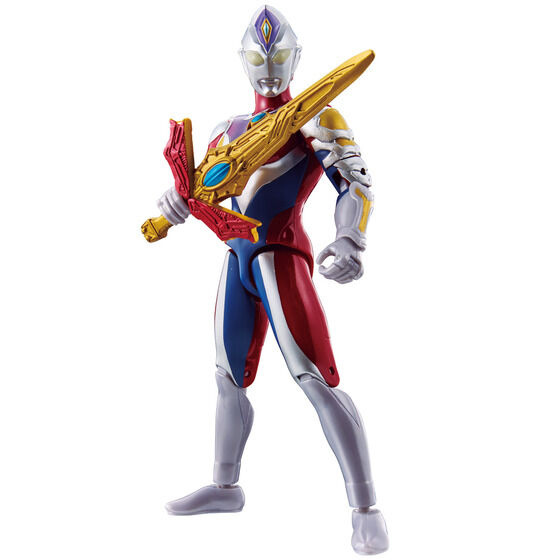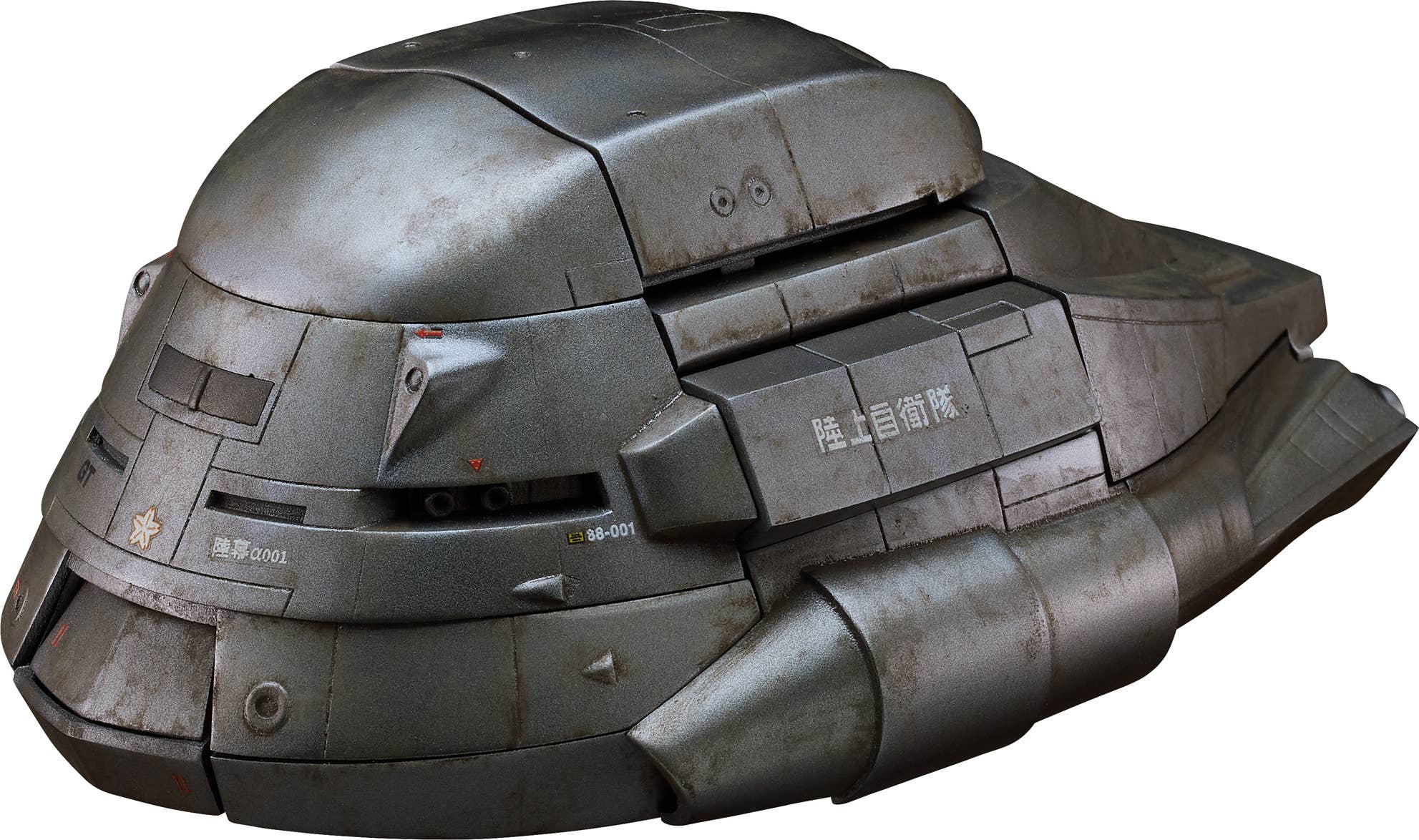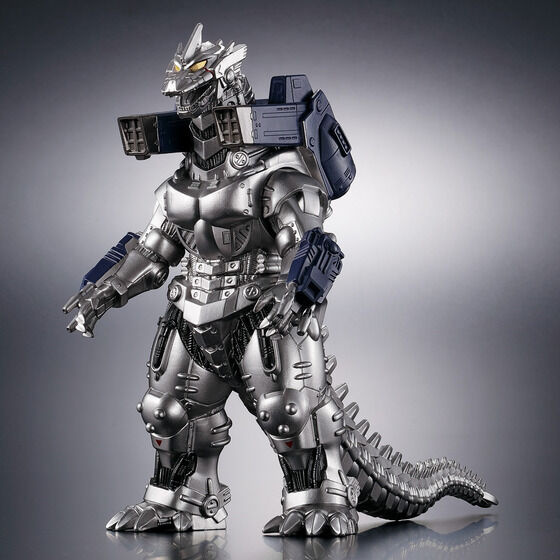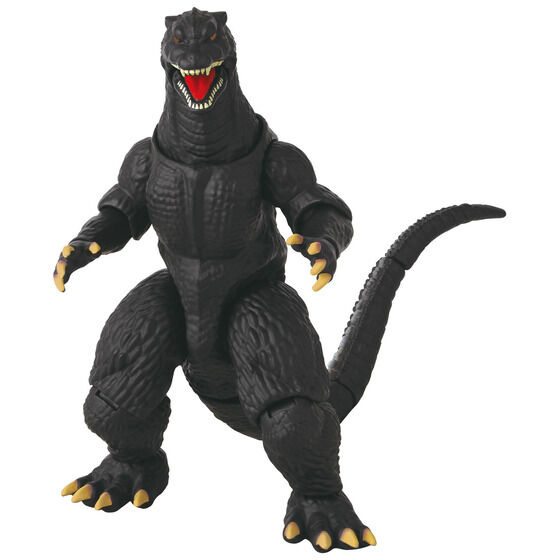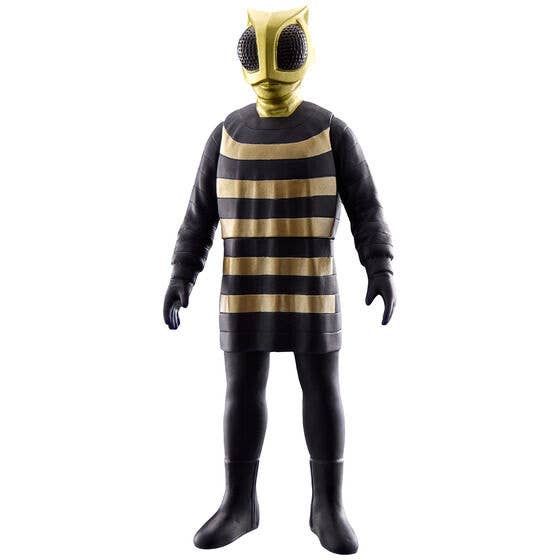The medium of ‘tokusatsu’ has a lot to thank the Ultraman series for. Many conventions we still associate with the genre began with 1966’s Ultraman, a highly influential sci-fi series about a giant, interdimensional being known as Ultraman, protecting earth from other Kaiju. It would go on to spawn the Ultraman series, which would follow this original series and create an ever-expanding universe of Kaiju and the ‘Ultras’ - the heroes from the ‘Land of Light’ that protect the galaxy.
For several decades in the Showa era, Ultraman shows were produced fairly regularly until the series went on a brief hiatus in 1980. Ultraman was revived with Ultraman Tiga in 1996 which kicked off the Heisei era of the show, which continued through until 2007, when the series would go on another brief hiatus until returning in 2013.
A lot of Ultraman series in the earlier decades are linked in one ongoing continuity, but even more recent series from the Heisei and Reiwa eras share ‘ultra’ characters, concepts, kaiju villains and more ideas from the earliest entries in the series.
Even with the advent of new methods of production and visual effects, Ultraman has stayed consistent in upholding classic tokusatsu style with suit-mation, miniatures, classic in-camera effects work and powerful fight choreography.
Across decades of storytelling, Ultraman has developed some beloved characters with some truly impressive and iconic Kaiju designs. Part of the fun of being an Ultraman fan is speculating when and where your favorite giant monsters (and heroes) will turn up next.
Like Kamen Rider, individual series of Ultraman often offer different sub-themes and styles, but as a show it’s overall more consistent in what you can expect from it, and that’s a huge part of the appeal.
Tsuburaya productions currently produces a new Ultraman show roughly once a year, and these are also globally accessible on their YouTube channel and other streaming platforms. The latest series is Ultraman Omega, which coincides with the series’ 60th anniversary.


